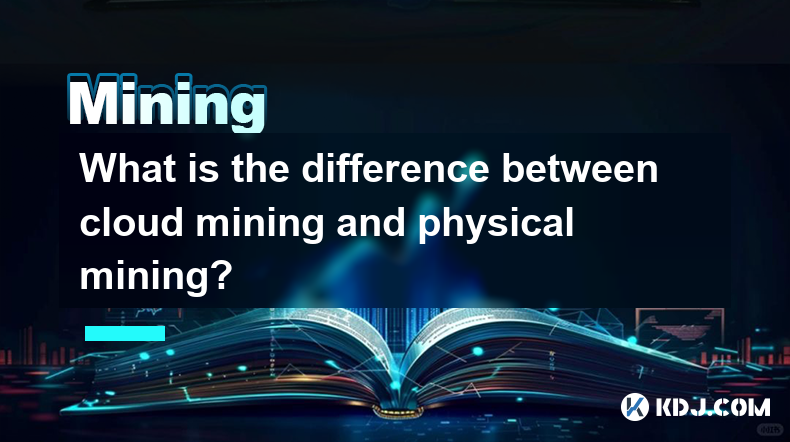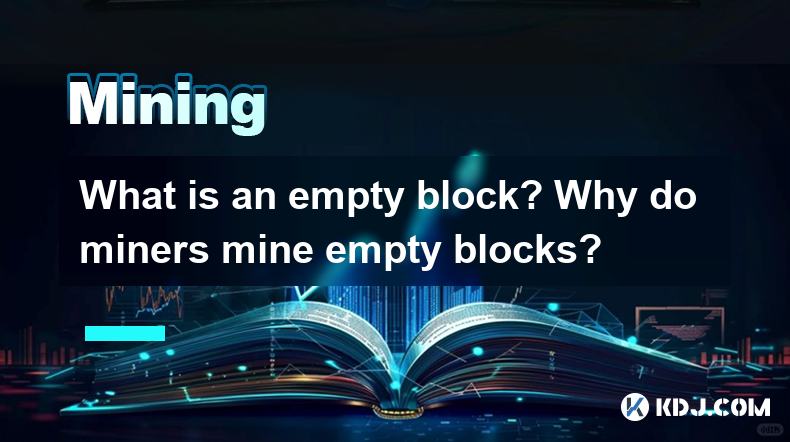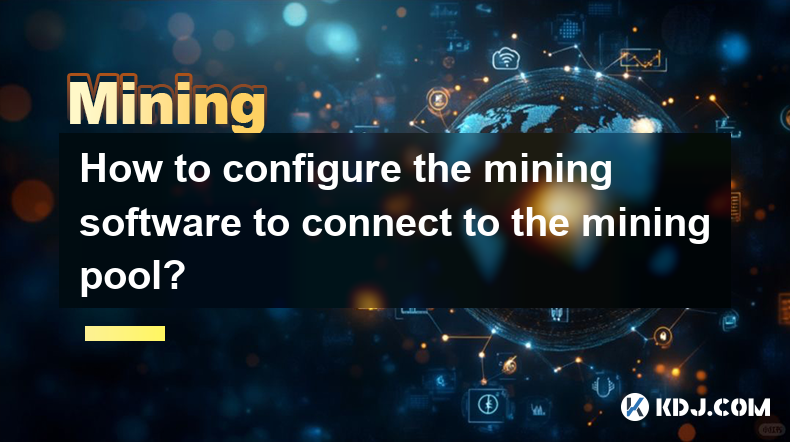-
 Bitcoin
Bitcoin $84,378.2785
-0.55% -
 Ethereum
Ethereum $1,613.3823
-1.71% -
 Tether USDt
Tether USDt $0.9998
-0.01% -
 XRP
XRP $2.1166
-1.51% -
 BNB
BNB $583.4961
-0.48% -
 Solana
Solana $127.9748
-1.40% -
 USDC
USDC $0.9999
-0.01% -
 TRON
TRON $0.2501
-0.90% -
 Dogecoin
Dogecoin $0.1555
-3.12% -
 Cardano
Cardano $0.6204
-2.86% -
 UNUS SED LEO
UNUS SED LEO $9.3626
-0.31% -
 Chainlink
Chainlink $12.3627
-4.61% -
 Avalanche
Avalanche $19.5202
-4.52% -
 Stellar
Stellar $0.2383
-0.79% -
 Toncoin
Toncoin $2.9439
3.78% -
 Shiba Inu
Shiba Inu $0.0...01182
-2.54% -
 Sui
Sui $2.1212
-4.30% -
 Hedera
Hedera $0.1596
-4.40% -
 Bitcoin Cash
Bitcoin Cash $324.2513
-0.94% -
 Litecoin
Litecoin $75.2489
-2.53% -
 Polkadot
Polkadot $3.5883
-3.88% -
 Dai
Dai $1.0000
0.00% -
 Bitget Token
Bitget Token $4.3000
0.25% -
 Hyperliquid
Hyperliquid $15.3653
-2.98% -
 Ethena USDe
Ethena USDe $0.9991
0.00% -
 Pi
Pi $0.6676
-10.59% -
 Monero
Monero $215.7853
0.68% -
 Uniswap
Uniswap $5.2497
-3.13% -
 OKB
OKB $51.1095
-3.64% -
 Pepe
Pepe $0.0...07040
-4.85%
What is the role of the mining machine firmware (Firmware)?
Mining machine firmware controls hardware operations, optimizes performance, ensures security, and provides user interface for efficient cryptocurrency mining.
Apr 11, 2025 at 01:28 pm

The role of mining machine firmware, often referred to simply as firmware, is a critical component in the operation of cryptocurrency mining hardware. Firmware is essentially the software that is embedded in the mining machine's hardware, controlling its operations and ensuring that it functions efficiently and effectively. This article will delve into the various roles and functions of mining machine firmware, providing a comprehensive understanding of its importance in the cryptocurrency mining ecosystem.
Control and Management of Hardware Operations
One of the primary roles of mining machine firmware is to control and manage the hardware operations of the mining device. This includes managing the ASIC (Application-Specific Integrated Circuit) chips, which are the core components responsible for solving the complex mathematical problems required for mining cryptocurrencies. The firmware ensures that these chips operate at optimal performance levels, adjusting settings such as clock speed and voltage to maximize efficiency and hash rate.
Optimization of Mining Performance
Another crucial role of the firmware is to optimize the mining performance of the machine. This involves fine-tuning various parameters to achieve the highest possible hash rate while minimizing power consumption. The firmware can adjust settings such as fan speed, temperature thresholds, and power limits to ensure that the mining machine operates within safe and efficient parameters. By doing so, it helps miners achieve better returns on their investment by maximizing the output of their mining operations.
Monitoring and Reporting
Mining machine firmware also plays a significant role in monitoring and reporting the status of the mining hardware. It collects data on various metrics such as hash rate, temperature, and power consumption, and reports this information to the user through a user interface or a connected software application. This allows miners to keep track of their mining operations in real-time, identify any issues or inefficiencies, and take corrective actions as needed.
Security and Protection
Security is another important aspect of mining machine firmware. The firmware is responsible for implementing security measures to protect the mining hardware from potential threats such as malware or unauthorized access. This includes features such as secure boot mechanisms, encryption of data, and regular firmware updates to patch any vulnerabilities. By ensuring the security of the mining hardware, the firmware helps protect the miner's investment and the integrity of the mining operations.
Compatibility and Integration
Mining machine firmware also ensures compatibility and integration with various mining software and pools. It provides the necessary drivers and interfaces to allow the mining hardware to communicate effectively with mining software, enabling miners to join mining pools and participate in the mining process seamlessly. The firmware must be compatible with different versions of mining software and be able to adapt to changes in the mining ecosystem, ensuring that the mining hardware remains relevant and functional.
Firmware Updates and Maintenance
Regular firmware updates and maintenance are essential for keeping the mining hardware in optimal condition. The firmware developers release updates to improve performance, fix bugs, and add new features. Miners need to keep their firmware up to date to benefit from these improvements and ensure that their mining operations run smoothly. The process of updating firmware typically involves downloading the latest version from the manufacturer's website and following the provided instructions to install it on the mining machine.
User Interface and Control
The firmware also provides a user interface and control mechanism for miners to interact with their mining hardware. This can be in the form of a web-based interface, a dedicated application, or a command-line interface. Through this interface, miners can configure settings, monitor performance, and manage their mining operations. The user interface provided by the firmware is crucial for ensuring that miners can easily manage their hardware and make necessary adjustments to optimize their mining performance.
Energy Efficiency and Cost Management
Energy efficiency is a critical consideration for miners, as the cost of electricity can significantly impact the profitability of mining operations. The firmware plays a role in managing energy efficiency by optimizing the power consumption of the mining hardware. It can implement power-saving modes, adjust voltage and frequency settings, and manage the overall power usage of the machine to minimize energy costs. By doing so, the firmware helps miners reduce their operational expenses and improve their overall profitability.
Customization and Flexibility
Finally, mining machine firmware offers customization and flexibility to miners. Different miners may have different preferences and requirements for their mining operations, and the firmware allows them to customize settings to suit their needs. This can include adjusting the hash rate, setting up different mining algorithms, or configuring the machine for specific mining pools. The ability to customize the firmware ensures that miners can tailor their mining operations to achieve the best possible results.
Frequently Asked Questions
Q: How often should I update my mining machine firmware?
A: It is recommended to update your mining machine firmware whenever a new version is released by the manufacturer. These updates often include performance improvements, bug fixes, and security patches that can enhance the efficiency and security of your mining operations. Always check the manufacturer's website for the latest firmware versions and follow their instructions for updating.
Q: Can I install third-party firmware on my mining machine?
A: Installing third-party firmware on your mining machine can be risky, as it may void your warranty and potentially damage your hardware. While some miners do use custom firmware to achieve better performance, it is important to thoroughly research and understand the risks involved. Always ensure that any third-party firmware you consider is reputable and well-supported by the community.
Q: What should I do if my mining machine's firmware is not working correctly?
A: If you encounter issues with your mining machine's firmware, the first step is to check the manufacturer's support resources for troubleshooting guides. You can also try resetting the machine to its default settings or reinstalling the firmware. If the problem persists, contact the manufacturer's customer support for further assistance. It is important to address firmware issues promptly to avoid disruptions in your mining operations.
Q: How can I monitor the performance of my mining machine through the firmware?
A: Most mining machine firmware provides a user interface or a connected software application that allows you to monitor performance metrics such as hash rate, temperature, and power consumption. You can access this interface through a web browser, a dedicated application, or a command-line interface, depending on the specific firmware. Regularly checking these metrics will help you ensure that your mining machine is operating efficiently and effectively.
Disclaimer:info@kdj.com
The information provided is not trading advice. kdj.com does not assume any responsibility for any investments made based on the information provided in this article. Cryptocurrencies are highly volatile and it is highly recommended that you invest with caution after thorough research!
If you believe that the content used on this website infringes your copyright, please contact us immediately (info@kdj.com) and we will delete it promptly.
- As strength returns to the cryptocurrency market, many investors are on the hunt for the best altcoin to buy now.
- 2025-04-16 03:00:18
- ZK Token Plummets 17% After Hacker Steals $5M From Airdrop Contract
- 2025-04-16 03:00:18
- An Attacker Minted 111 Million ZK Tokens Today
- 2025-04-16 03:00:17
- Kyrgyzstan Strengthens Its Position as a Regional Cryptocurrency Hub
- 2025-04-16 03:00:17
- ZKsync Confirms Exploit Targeting Unclaimed Airdrop Tokens Enabled an Unauthorized Actor to Drain Approximately $5 Million
- 2025-04-16 03:00:15
- Web3AI ($WAI) — The AI-Driven Crypto Ecosystem Everyone's Talking About
- 2025-04-16 03:00:15
Related knowledge

What is the difference between cloud mining and physical mining?
Apr 16,2025 at 01:49am
What is the difference between cloud mining and physical mining? In the world of cryptocurrencies, mining is the process by which new coins are generated and transactions are verified and added to the blockchain. There are two primary methods of mining: cloud mining and physical mining. Understanding the differences between these two approaches can help...

What does mining difficulty adjustment mean?
Apr 16,2025 at 12:42am
What does mining difficulty adjustment mean? Mining difficulty adjustment is a crucial mechanism in blockchain networks, particularly in Proof of Work (PoW) systems like Bitcoin. It ensures that the rate at which new blocks are added to the blockchain remains consistent, despite fluctuations in the total computational power (hash rate) of the network. T...

What is an empty block? Why do miners mine empty blocks?
Apr 16,2025 at 01:28am
What is an Empty Block?An empty block in the context of blockchain technology, particularly in cryptocurrencies like Bitcoin, refers to a block that contains no transactions other than the coinbase transaction. The coinbase transaction is a special transaction in which new bitcoins are generated and awarded to the miner who successfully mines the block....

What is the Bitcoin mining algorithm?
Apr 15,2025 at 08:00pm
What is the Bitcoin Mining Algorithm? Bitcoin mining is a crucial process that maintains the integrity and security of the Bitcoin network. At the heart of this process lies the Bitcoin mining algorithm, which is responsible for verifying transactions and adding them to the blockchain. Understanding this algorithm is essential for anyone interested in t...

How to optimize the parameters of the mining software?
Apr 15,2025 at 10:43pm
Optimizing the parameters of mining software is crucial for maximizing efficiency and profitability in cryptocurrency mining. The process involves fine-tuning various settings to ensure that your mining operations run smoothly and effectively. In this article, we will explore the steps and considerations involved in optimizing the parameters of your min...

How to configure the mining software to connect to the mining pool?
Apr 16,2025 at 12:07am
Configuring mining software to connect to a mining pool is a crucial step for anyone looking to participate in cryptocurrency mining. This process involves setting up your mining software to communicate with a mining pool server, which then coordinates the mining efforts of multiple miners to increase the chances of solving cryptographic puzzles and ear...

What is the difference between cloud mining and physical mining?
Apr 16,2025 at 01:49am
What is the difference between cloud mining and physical mining? In the world of cryptocurrencies, mining is the process by which new coins are generated and transactions are verified and added to the blockchain. There are two primary methods of mining: cloud mining and physical mining. Understanding the differences between these two approaches can help...

What does mining difficulty adjustment mean?
Apr 16,2025 at 12:42am
What does mining difficulty adjustment mean? Mining difficulty adjustment is a crucial mechanism in blockchain networks, particularly in Proof of Work (PoW) systems like Bitcoin. It ensures that the rate at which new blocks are added to the blockchain remains consistent, despite fluctuations in the total computational power (hash rate) of the network. T...

What is an empty block? Why do miners mine empty blocks?
Apr 16,2025 at 01:28am
What is an Empty Block?An empty block in the context of blockchain technology, particularly in cryptocurrencies like Bitcoin, refers to a block that contains no transactions other than the coinbase transaction. The coinbase transaction is a special transaction in which new bitcoins are generated and awarded to the miner who successfully mines the block....

What is the Bitcoin mining algorithm?
Apr 15,2025 at 08:00pm
What is the Bitcoin Mining Algorithm? Bitcoin mining is a crucial process that maintains the integrity and security of the Bitcoin network. At the heart of this process lies the Bitcoin mining algorithm, which is responsible for verifying transactions and adding them to the blockchain. Understanding this algorithm is essential for anyone interested in t...

How to optimize the parameters of the mining software?
Apr 15,2025 at 10:43pm
Optimizing the parameters of mining software is crucial for maximizing efficiency and profitability in cryptocurrency mining. The process involves fine-tuning various settings to ensure that your mining operations run smoothly and effectively. In this article, we will explore the steps and considerations involved in optimizing the parameters of your min...

How to configure the mining software to connect to the mining pool?
Apr 16,2025 at 12:07am
Configuring mining software to connect to a mining pool is a crucial step for anyone looking to participate in cryptocurrency mining. This process involves setting up your mining software to communicate with a mining pool server, which then coordinates the mining efforts of multiple miners to increase the chances of solving cryptographic puzzles and ear...
See all articles























































































